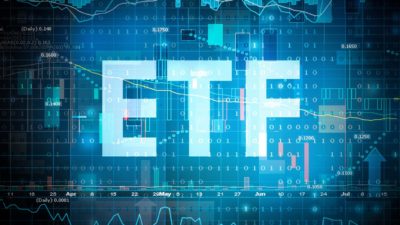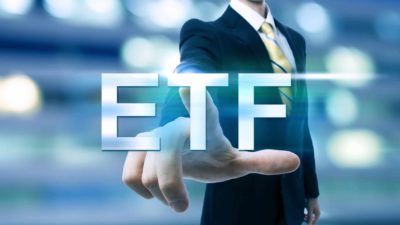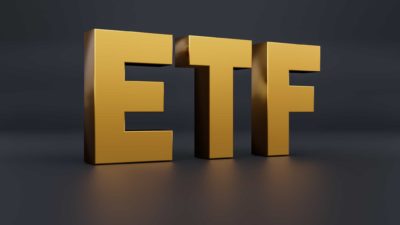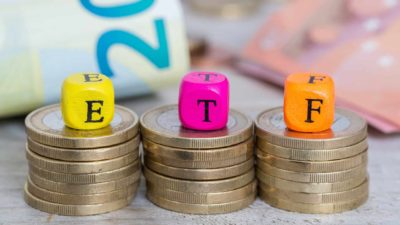It's not often you see an ASX share with a dividend yield of 8.8%. Let alone an ASX exchange-traded fund (ETF). But that's what investors can consider today with the BetaShares Equity Yield Maximiser Fund (ASX: YMAX).
This ASX ETF pays out dividend distributions every quarter. Over the past 12 months, investors have enjoyed four of these quarterly payments (as one would expect), totalling 65.85 cents per unit. At the current YMAX unit price of $7.47, this indeed gives this fund a trailing dividend distribution yield of 8.82%.
So does this striking yield automatically make this ASX ETF a buy for income investors today?
Well, sure, this yield does check out. But let's dive into how this ETF gets there because that is certainly an unusually large dividend yield for an ETF.
The BetaShares Equity Yield Maximiser Fund is not a normal ETF. Typically, there are two ways an exchange-traded fund can fund a dividend distribution. The first is by passing through any dividends that the fund itself receives from its underlying ASX shares holdings.
For example, the YMAX ETF's largest holding at present is BHP Group Ltd (ASX: BHP). If BHP pays out a dividend, then the ETF receives this dividend and can pass it through to its investors via a distribution.
The second is by rebalancing a portfolio. All index-tracking ASX ETFs have to adhere to their index. Every time the index is rebalanced (usually every three months), the fund needs to buy and sell shares to maintain its correct allocations. If this rebalancing results in some profits, then the ETF can also pass those through as a dividend distribution.
How does the YMAX ETF pay such high dividends?
The YMAX ETF does all of these. But it also has a third way of generating income for its investors – issuing covered call options.
Most ETFs avoid this practice. It involves using options to generate additional yield for the fund. Here's how BetaShares itself describes the practice:
YMAX also sells (writes) exchange-traded call options on up to 100% of the securities in the Share Portfolio. The call options are actively managed and are written with terms of one to three months and strike prices that are expected to be approximately 3% to 7% above the then current market prices of the securities, subject to prevailing levels of volatility.
By writing call options, YMAX receives option premiums which are expected to provide an additional source of income for YMAX and a partial hedge against a decline in the value of the Share Portfolio. YMAX's strategy would be expected to outperform a strategy of holding the Share Portfolio alone (i.e. without writing call options) in falling, flat and gradually rising markets.
However, YMAX's strategy can be expected to underperform in a strongly rising market, as YMAX's equity securities move above the strike prices of the call options – moderating the capital growth of YMAX and limiting the potential for any yield enhancement over and above the dividend yield.
So that's how this ETF generates the massive dividend distribution payments that have resulted in the monstrous 8.82% dividend yield we see today.
But does this significant yield mean that all investors should flock to this fund for the high level of passive income it can provide?
Are ASX ETF investors better off with another fund?
Well, few things in life are free, and none of them come on the share market. And we can see that with this ETF's long-term performance. Yes, YMAX units do offer an above-average level of dividend income. But this comes at the expense of the fund's overall performance.
The BetaShares Equity Yield Maximiser Fund has, as of 31 July, averaged a total shareholder return (dividends plus capital growth) of 5.49% per annum over the past five years, and 5.09% per annum over the past ten.
In contrast, a traditional ASX 200 ETF in the iShares Core S&P/ASX 200 ETF (ASX: IOZ) has returned an average of 7.38% per annum over the past five years. That stretches to an average of 8.13% per annum over the past ten years.
A dividend-focused ETF that doesn't employ this covered call strategy to boost its yield is the Vanguard Australian Shares High Yield ETF (ASX: VHY). It currently offers a trailing dividend distribution yield of 5%. But it has returned an average total of 9% per annum over the past five years, and 7.35% per annum over the past ten.
As such, we can conclude that the YMAX ETF is disproportionally sacrificing capital growth in order to boost the dividend income available to investors.
So while this fund might suit retirees and other investors who rely on dividend income to live, most other investors will probably be better off with a different ASX ETF.









